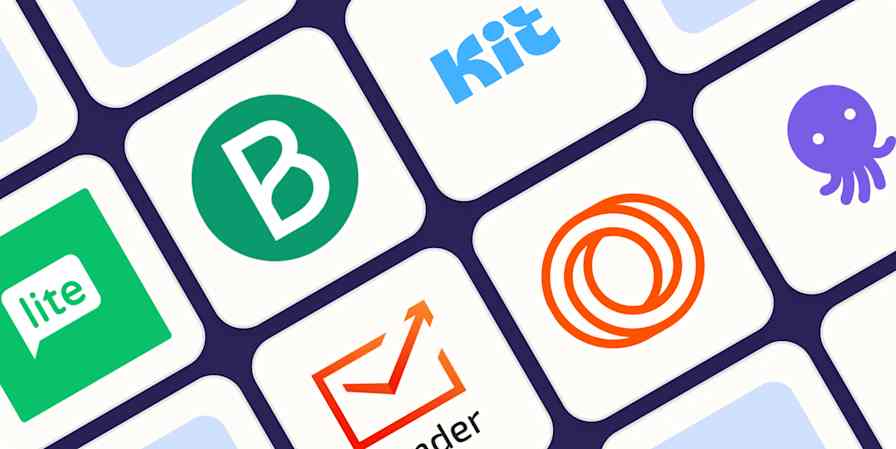Business tips
8 min readEmail Sales Metrics: How to Find and Track the Numbers that Matter
By Michael Thomas · December 17, 2015

Get productivity tips delivered straight to your inbox
We’ll email you 1-3 times per week—and never share your information.
tags
Related articles
Improve your productivity automatically. Use Zapier to get your apps working together.








